
VirtualVillageMom
Reliable Information for Happier, Healthier Lives

Billionaire Howard Hughes (1905-

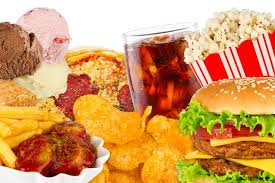
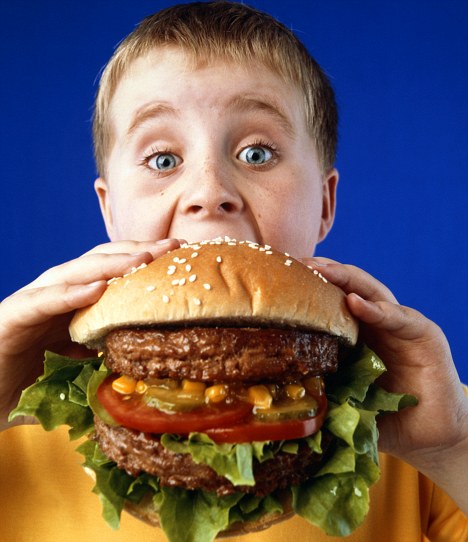


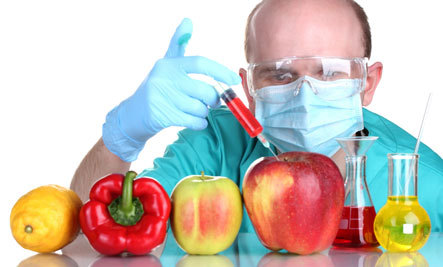

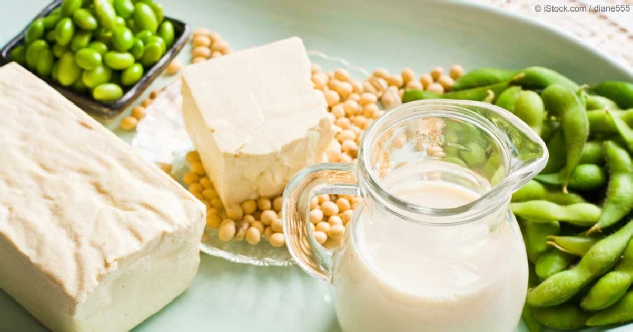
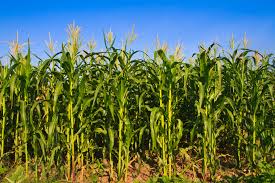





For this reason it is imperative that we not only design a program that addresses making proper food choices and ensuring that community members of all ages have access to those choices, but we must also offer better guidance on how to make those choices. For example, in their efforts to eat more healthily, many have reduced or eliminated their intake of salt. This is due in large part to the misinformation that salt is not good for the body. On the contrary, salt is essential to the body for good overall health.
Unfortunately, poor food choices is not the only reason that members in our communities of all ages are malnourished. Recently, a food analysis was commissioned by the Globe and Mail, and CTV news. It was discovered that many of our staple foods including bananas, onions, broccoli, apples tomatoes and potatoes, have lost a great deal of their nutritional value over the last fifty years. The analysis found that potatoes, for example has lost 18% of its thiamine, 100% of its Vitamin A, 57% of its Vitamin C and iron, 28% of its Calcium, and 50% of its riboflavin (Matthews, 2002).
It is estimated that the number of older, malnourished Americans reaches the one million mark, and they can be found throughout our communities, especially in long-
The problem is that what we generally ingest is salt that has been tainted by having all or most of its natural minerals removed, so that we are left with a product containing only sodium and chloride that sometimes has had the iodide replaced. Natural sea salt however, has as many as one hundred essential trace minerals. Although most people have heard of the benefits of sea salt, they have not been educated on how to identify it.
When children are malnourished, it can cause growth and development issues including being too short or thin for their age; they can be listless as well. This can build a foundation for poor eating habits as teens and adults. Malnourished children can also be prone to diabetes, high blood pressure, hypercholesterolemia, obesity, cancer, heart disease, and a weakened immune system. Additionally, malnutrition affects classroom behavior, academic performance, and self-
The elderly are also suffering from malnutrition. According to recent studies, one in four senior citizens is affected. Losing interest in eating is a common side effect of aging, along with simply forgetting to eat, as Alzheimer’s disease makes the elderly most vulnerable.
Many seniors live on a limited income, and when budgeting, the food bill is often the first to get cut. This means that they may not eat enough, or cannot afford healthy foods, or in extreme cases, may not be able to afford to buy food at all. Some of them have lost too many teeth and have a difficult time chewing. In addition, many no longer drive and have a hard time getting to the grocery store.
Malnutrition in America
It may be surprising to learn that millions today are suffering from malnutrition here in America (Enwonwu, 2009). Malnutrition is a condition of the body resulting from not getting the necessary amounts of vitamins and minerals to keep our body’s organs and tissues working properly. Malnutrition affects the old and the young, as well as the poor and wealthy. In fact, it was reported, that Howard Hughes, a multi-
Before the year 1800, ninety-
We have forgotten that the reason we eat is to provide our bodies with what it needs to grow, heal, and replenish. In 1999, the U.S. Census Bureau reported that the average American consumes 154 pounds of sugar, 66 pounds of fat, 53 gallons of soft drinks, and 39 gallons of alcohol every year. Compare this to fruits, vegetables, beans, and nuts, which make up only ten percent of our total caloric intake.

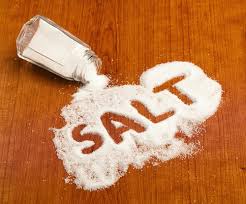
Another stumbling block to good nutrition is genetically modified food (GMO). There is a great deal of controversy on GMO foods, regarding whether they are less nutritious than traditional commercially grown foods. Some studies have indicated that GMO foods do not cause cancer and other diseases in rats, however, those same studies do show that the studies were only conducted for 90 days. The average lab rat lives about three and a half years. The average human female lives 80 years. Therefore, if we use the study of rats as a guide, it is possible that the average otherwise healthy female can eat GMO foods for approximately six years of her life, then stop; and not be negatively affected.
That being said, in 1985 the U.S. Environmental Protection Agency (EPA) stated that it was possible that glyphosate could possibly cause cancer in humans. Then, in 1991 the EPA did a re-
Corn, also known as Maize, and soy top the list of genetically modified foods, and are found in many of the processed foods we buy. Foods have been genetically modified for many years to improve the taste, textures, and nutrition. Splicing one food gene into the gene of another is often what people think of when it comes to genetically modified foods.
However, since the 1980’s, corn, soy, sugar beets, and other foods in our country have been spliced with what has been called the most powerful poison in the world; glyphosate, known commonly as Round Up. Much of what we consume today includes corn or soy. In fact, genetically modified corn is fed to livestock, fish, and chicken. It is further used to make syrup, bread, and other processed foods. Most of us believe we know what is good for us and what is not. Unfortunately, because of misinformation, many of us ingest foods like Canola oil, believing that it is a healthy alternative to olive oil, for example.
Canola oil is marketed as an oil having no trans fat; however, with all the processing that takes place in order to make Canola oil palatable, and the amount of Erucic acid it contains, Canola oil is not exactly a healthy oil to ingest. Canola oil is made from a plant called Canola; also known as rape seed, a product grown in Canada. Like corn, it has been genetically modified with the poison glyphosate.
The Erucic acid content in Canola oil is so high, that it has to be processed again, and again, and again, in order to lower the level enough for human consumption. In truth, this oil was originally developed for use on large mechanical equipment. It was banned for human consumption in Europe in the 1980’s, and then landed on the grocery shelves in the United States after receiving approval from the FDA, in 1985 (n.a. FDA.gov) Although no human testing of this oil has been recorded, it has been known to cause hair loss, degenerative problems of the heart; thyroid, kidney, and adrenal problems in rats. It should be noted that the DNA of rats is very similar to humans; thus, their use in testing.
Getting proper nourishment is further complicated by the growing list of genetically modified foods, as well as foods that have been irradiated. According to the FDA, the amount of radiation used on staple foods like chicken, beef, and potatoes, only slightly decreases the nutritional value of the foods. The purpose of irradiation is to kill bad bacteria; something which not only been proven to be done effectively by washing three times with ordinary soap; but you must still wash the products with soap after irradiation.
To avoid irradiated foods, look for the radura shown above. It is the international symbol that lets you know that the product you are thinking of consuming has been irradiated. As for avoiding genetically modified foods, buying organic no longer ensures that the food you are eating has not been tainted.
When GMO crops pollinate, they can easily float to an organic farm miles away and fertilize those crops. Once this happens, the crop is no longer organic, but rather, genetically modified. Finally, for those who eat grass-
Malnutrition has been known to cause diseases and medical conditions like anemia, beriberi, goiter, obesity, pellagra, rickets, scurvy, and xerophthalmia. As disheartening as this may all sound, it is still possible to get a good amount of nutrition by eating whole grains, beans, lentils, fruits and vegetables.
References
American College Health Association (2007). "American College Health Association National College Health Assessment Spring 2006 Reference Group data report (abridged)". J Am Coll Health 55 (4): 195–206.
Benton D, Sargent J (July 1992). "Breakfast, blood glucose and memory". Biol Psychol 33 (2–3): 207–10.
Gardner, Gary; Halweil, Brian (2000). "Escaping Hunger, Escaping Excess". World Watch 13 (4): 24.
Glewwe P, Jacoby H, King E (2001). "Early childhood nutrition and academic achievement: A longitudinal analysis". Journal of Public Economics 81 (3): 345–68.
Jere R. Behrman (1996). "The impact of health and nutrition on education". World Bank Research Observer 11 (1): 23–37.
Steven M. Sheffrin (2003). Economics: Principles in action. Upper Saddle River, New Jersey 07458: Pearson Prentice Hall. pp. 481.
Whitley JR, O'Dell BL, Hogan AG (September 1951). "Effect of diet on maze learning in second generation rats; folic acid deficiency". J. Nutr. 45 (1): 153–60.
World Health Organization: International Agency for Research on Cancer.
(March 20, 2015) Retrieved from: https://www.iarc.fr/en/media-


Learn More
Free Download
By Donna R. Turner, MPH, CHES, HSMI
